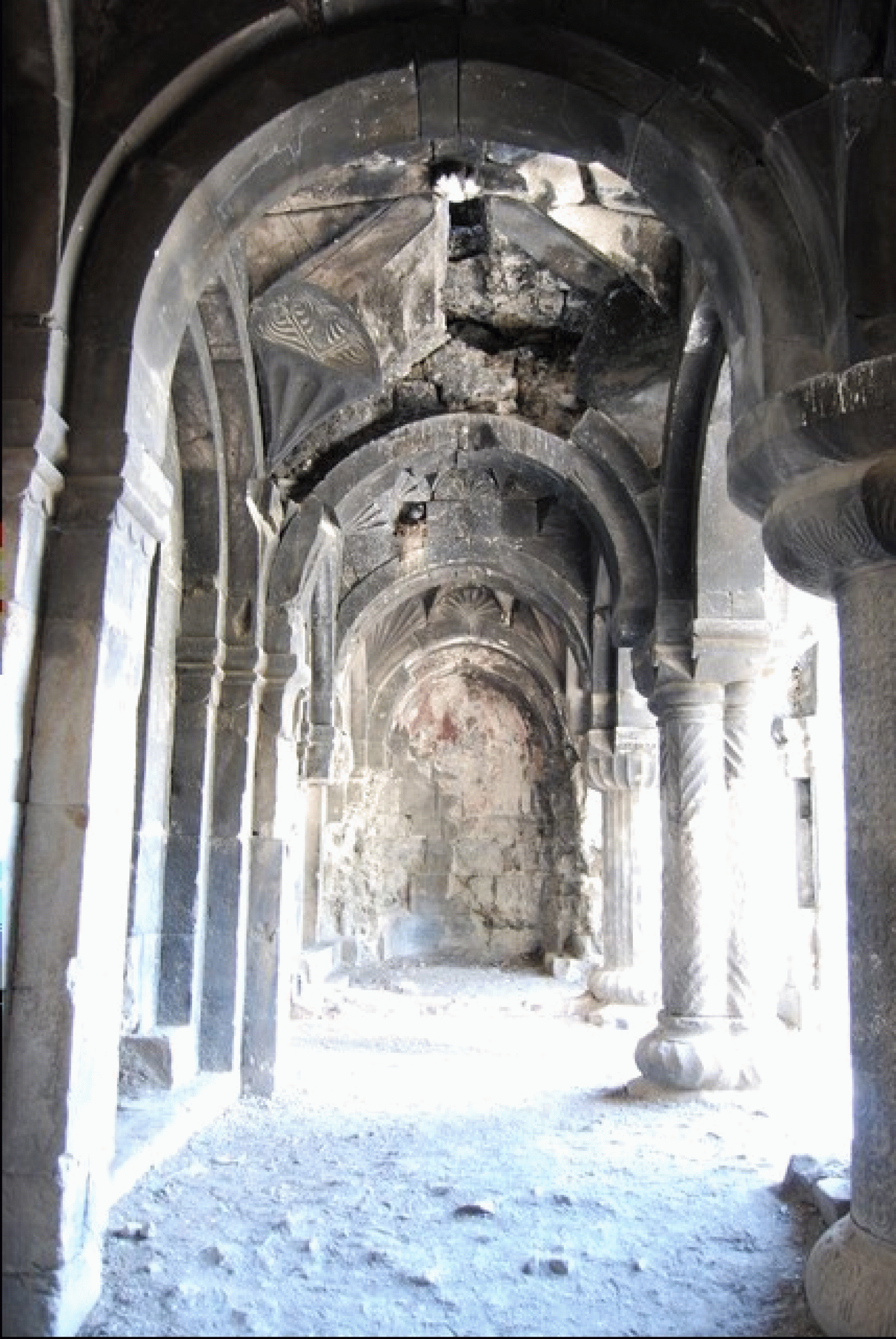Georgia Project Lecture Series
Robert G. Ousterhout:
Three Critical Moments in Caucasian Architecture
Aesthetics, Art, and Architecture in the Caucasus Lecture Series
In cooperation with the George Chubinashvili National Research Centre for Georgian Art History and Heritage Preservation

In this talk, I shall examine three important periods in the development of Georgian and Armenian architecture, focusing on what I perceive as moments of creativity and innovation in design, planning, and decorative details. For each ‘moment,’ I shall focus on one specific monument, while attempting to situate it within the broader perspective of Christian and Islamic architecture in the East. Much of what I say will derive from my 2019 book, Eastern Medieval Architecture: The Building Traditions of Byzantium and Neighboring Lands.
For the seventh century, I shall focus on the church of the Holy Cross at Jvari, which rises prominently on a hill above the medieval Georgian capital of Mtskheta. The development of the domed octagon church type may have made its first appearance here – a remarkably innovative design that proved popular across the Caucasus and beyond.
For the tenth century, I examine the Church of St John the Baptist at Oshki (Öşk Vank), the grandest of tenth-century churches, built ca. 963-73 by David the Great and his brother Bagrat. The domed basilica follows a traditional plan, but the remarkable variety in its decorative details and vaulting forms is virtually unprecedented and establishes a model for late Caucasian and Seljuk building.
For the thirteenth century, I focus on the development of the gavit or zhamatun in Armenia, with a close look at the Monastery at Geghard. These were multi-purpose spaces that could serve as meeting halls, burial places, overflow from the church, or even the setting for services when the main church was not used. While church architecture remained conservative, the gavit displays a bravura array of vaulting forms. In all, variety seem the key concern, with forms, such as the muqarnas vault, that reflect the close interaction with the Seljuks in this period.
Robert G. Ousterhout is Professor Emeritus in the History of Art at the University of Pennsylvania. He is the author most recently of Visualizing Community: Art, Material Culture, and Settlement in Byzantine Cappadocia, Dumbarton Oaks Studies 46 (Washington, DC, 2017); and Eastern Medieval Architecture: The Building Traditions of Byzantium and Neighboring Lands (Onassis Series in Hellenic Culture: Oxford University Press, 2019), as well as co-editor of Piroska and the Pantokrator, with M. Sághy (Budapest: Central European University Press, 2019); and The Holy Apostles: A Lost Monument, a Forgotten Project, and the Presentness of the Past, with M. Mullett, Dumbarton Oaks Symposia and Colloquia (Washington, DC, 2020). His fieldwork has concentrated on Byzantine architecture, monumental art, and urbanism in Constantinople, Thrace, Cappadocia, and Jerusalem. Since 2011 he has co-directed the “Cappadocia in Context” graduate seminar, an international summer field school for Koç University. He was just awarded the 2021 Haskins Medal by the Medieval Academy of America for Eastern Medieval Architecture.
01 giugno 2021, ore 15:00
The event takes place online.
To participate please register in advance via Zoom: https://zoom.us/meeting/register/tJUvfu-gqjspG9HUVfOfUOnbINdX8FzXIjFm
After registering, you will receive a confirmation email containing information about joining the meeting.
Avviso
Questo evento viene documentato fotograficamente e/o attraverso riprese video. Qualora non dovesse essere d’accordo con l’utilizzo di immagini in cui potrebbe essere riconoscibile, da parte del Kunsthistorisches Institut in Florenz a scopo di documentazione degli eventi e di pubbliche relazioni (p.e. social media) la preghiamo gentilmente di comunicarcelo.


